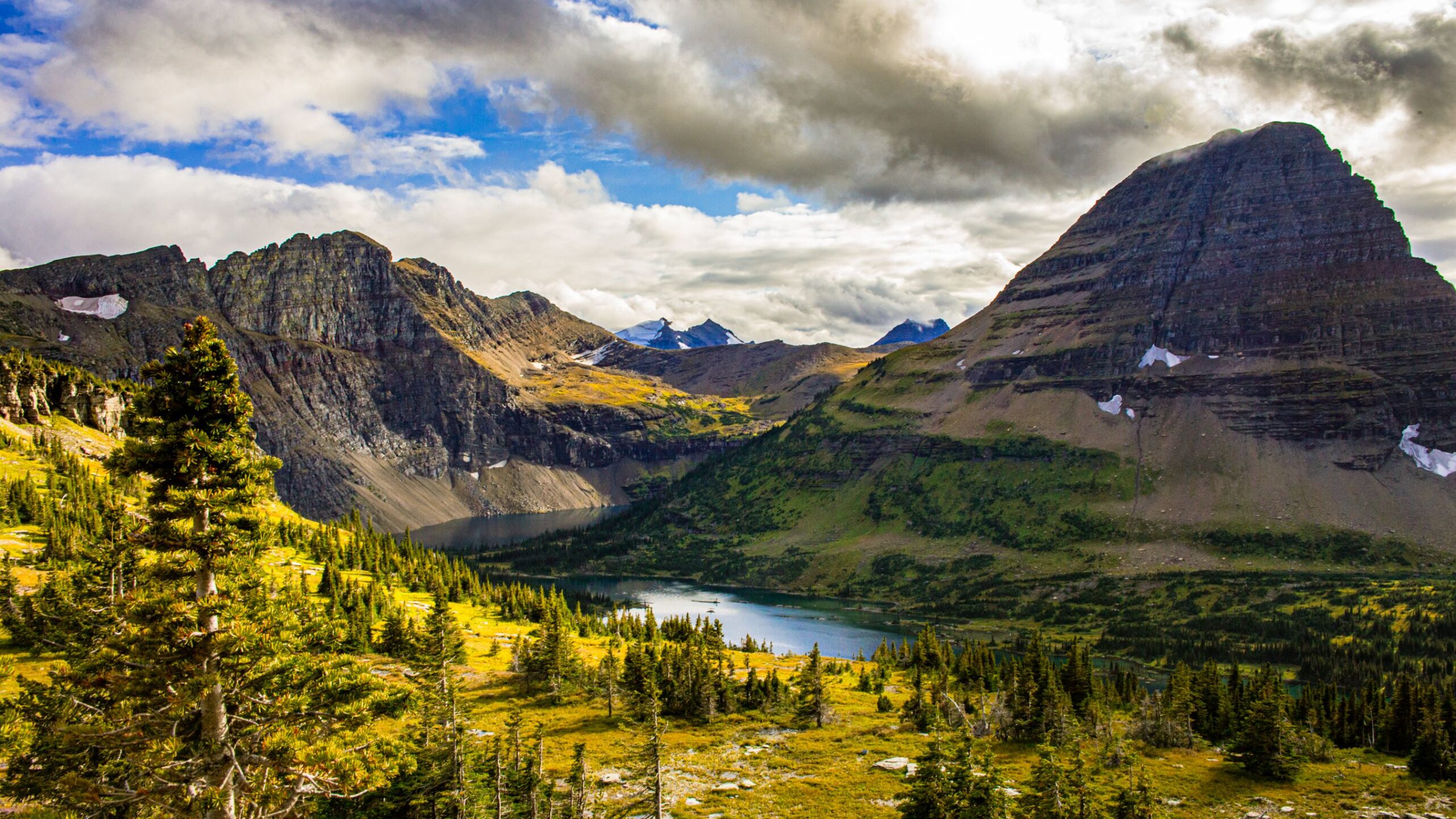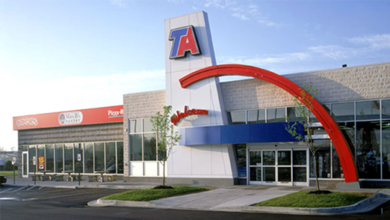Best Time To Visit Glacier National Park

Table of Contents
Best time to visit glacier national park is in July and August. With daytime temperatures averaging in the low 80s and overnight temperatures plunging into the 40s, this is the busiest season for visitors (pack layers, as well as a good rain jacket). In the highest elevations, snow may fall in June and July; the east side of the park is cooler and windier than the west. The east side is also dryer, with most of the rainfall falling in the west’s lowlands.
Peak Season
There will be slightly higher hotel rates and entrance fees during peak season, but there will be most facilities open and complimentary shuttles running. In comparison to the fall, winter, and spring months, there will be fewer road and trail closures. The park is open all year long.
This is when the park’s weather is at its best. During the rest of the year, expect much cooler temperatures and more regular snowfall, which can close hiking trails and highways. In June and July, the park’s higher elevations may even see snow.
Most, if not all, of the park’s trails and roads, are open for safe trekking in August. The majority of the park’s facilities will be open, as well as the park’s shuttle service.
In Glacier National Park, October is the ideal month for camping.
The weather is still pleasant for camping during the day, with highs in the 60s and 70s and lows in the 40s at night. The crowds have subsided by this time, making locating a vacancy at a campground much easier than it would be during peak summer months.
Cold-weather sleeping bags, thick sleeping pads to keep you off the cold ground, plenty of clothes, and rain gear for rainy weather are all essential.
When Is The Best Time To See Wildlife?
Since its inception in 1910, Glacier National Park has served as a wildlife refuge. Many creatures, including moose, elk, bighorn sheep, deer, mountain goats, wolves, bears, and mountain lions, call it home due to its varied topography and protected status. The greatest time to see most of these animals is in the fall when the park is quieter and the animals are preparing for the winter.
While witnessing a wild animal is on many park visitors’ bucket lists, you’ll want to do so carefully. When camping in the park, keep at least 300 feet away from bears and 75 feet away from all other wildlife.
What Is The Best Time For Hiking?
September is the finest month for hiking in Glacier National Park. By September, the park’s attendance have subsided from its peak in July and August. This means you’ll encounter fewer people on the most popular trails. The weather is still pleasant, with daytime highs in the 70s, allowing you to hike most of the park’s trails. Snow isn’t expected in the park until October, so there won’t be any closures.
However, the weather can still be very unpredictable, so be prepared with rain gear.
When Is the Best Time to Visit for Warm Weather?
Weather in the park is always unpredictable due to the park’s northern mountainous terrain. In a matter of minutes, the weather can change from sun to rain (and back again). If you want to see the park on a sunny day with warm, hiking-friendly weather, go-between early July and late October when nearly everything is open and the weather is mild.
No matter when you go, dress in layers, including a rain jacket and hat in case the weather changes in the middle of the day.
September-October
Fall is a lovely season to visit, especially if you enjoy seeing the leaves change color. The main drawback is that many companies close after Labor Day, including restaurants, stores, and resorts. In addition, Going-to-the-Sun Road usually closes in the middle of October.
Consider staying in a gateway community right outside the park or backcountry camping (most developed campgrounds close in early September). In the fall, temperatures remain moderate, with bright sunny days in the 60s and low 70s and mild evenings in the 40s, making it an ideal time for trekking. Despite the possibility of snow, rain is more expected at this time of year.
November-April
The park’s weather is exceedingly varied, especially during the winter months, due to its location on the Continental Divide. Temperatures can drop well below freezing, resulting in road and trail closures. For the most part, the park’s services, including the shuttle service and tourist centers, are closed for the winter.
However, during this season, hotel costs in surrounding gateway settlements and park entrance fees are at their lowest of the year, making it appealing to cross-country skiers and ice climbers who don’t mind the cold. All park accommodation is closed, but camping at the Apgar Campground and backcountry areas are still available. During the winter, there is no charge for camping. Also keep in mind that during the winter months, when the snowpack reaches 16 feet and blizzards are prevalent, avalanches are a genuine threat.
May-June
Due to snowy conditions in May and June, many roads and trails remain blocked, including the famed scenic drive along Going-to-the-Sun Road, and shuttles operate on a limited schedule and weather-permitting basis. At this time of year, lodging costs are still inexpensive, and many hikers prefer the milder weather, which averages in the 60s and low 70s during the day and drops to the high 30s at night.
July-August
The months of July and August are the busiest of the year for visitors, so expect to pay a premium for housing. For this popular season, make reservations up to a year in advance. The days are bright and sunny, with highs in the 80s, but the nights are cool, with lows in the 40s.
Expect wind and temperatures 10 to 15 degrees lower at higher elevations than in the valleys. During the summer, the complimentary shuttle service and Glacier Park Boat Company tours will be fully booked; request boat tours and shuttles in advance online. Furthermore, ranger-led activities will be in full flow at Lake McDonald Lodge, Apgar Nature Center, and St. Mary Visitor Center, with a variety of programs available.
Conclusion:
Best time to visit glacier national park is in July and August. There’s enough to do and see whether you come for a week or just a day and whether you want to trek or drive (even virtually). Whether you go in July or January, you’ll have a great time. While the park is open all year, there are some advantages to going at specific times of the year.
Frequently asked questions
When Is the Most Economical Time to Visit Glacier National Park?
Glacier National Park passes are cheaper during the winter (November to April). Normally $35 for a seven-day private vehicle pass, it is reduced to $25 during the winter months. In addition, the per-person entrance charge was decreased from $20 to $15.





